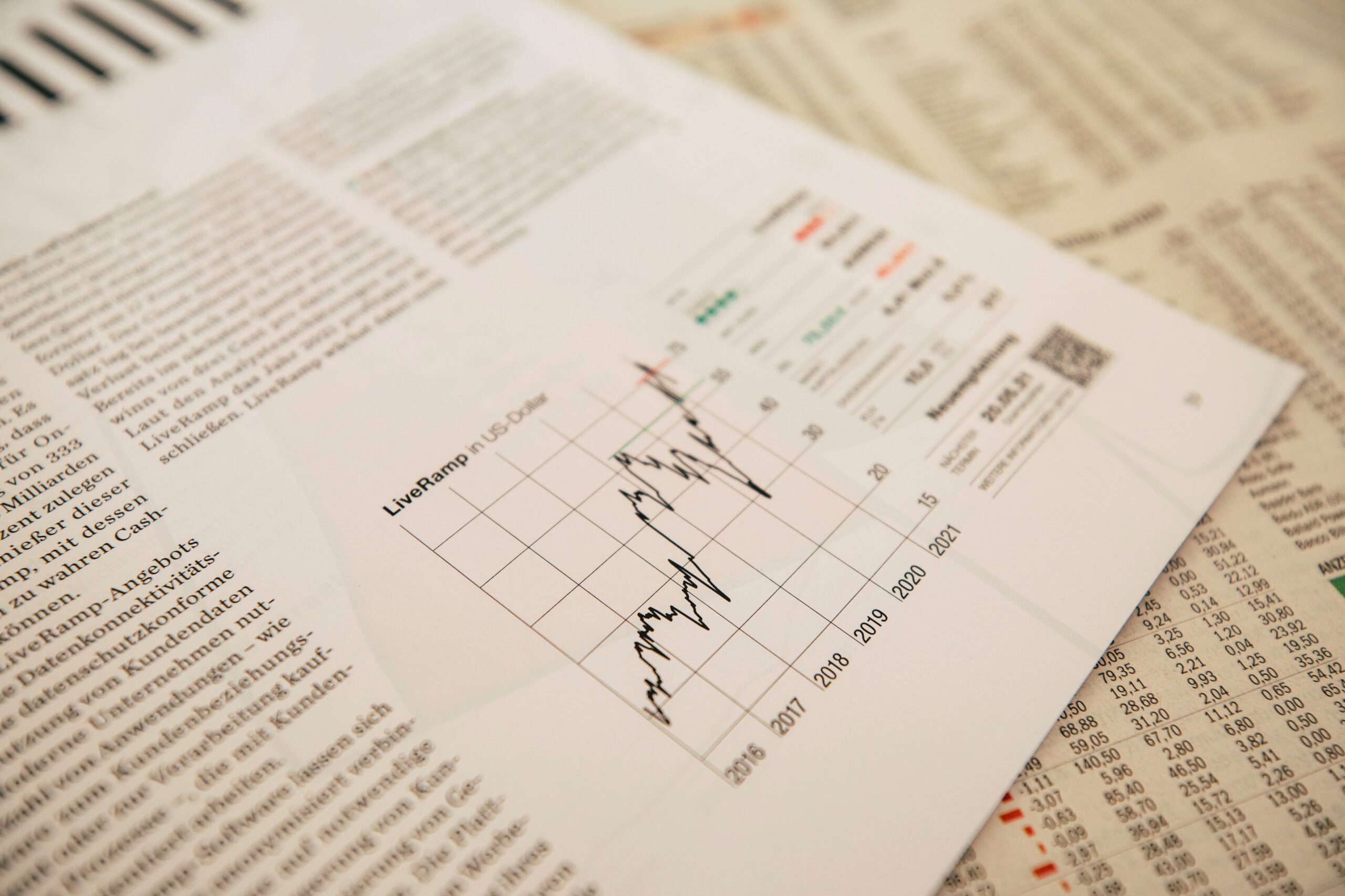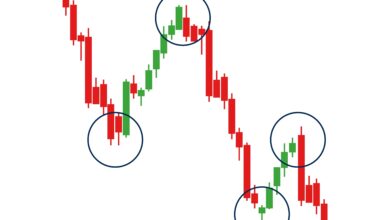Trading Plan
Trading Plan Overview
A trading plan is a crucial component that outlines your financial objectives and the strategies you will employ to achieve them. Simply stating a goal like “I want to turn $10,000 into $250,000 within a year by trading Forex” is insufficient without specific details regarding the currencies to trade, frequency of trading, timeframe, and risk management. Without these details, the plan remains an unrealistic fantasy. A comprehensive trading plan includes specific information about these key elements.
It’s important to note that a trading plan is a continuous work-in-progress as traders learn from experience and stay updated with new techniques and mindsets.
Selection of Currency Pair
The first step in a trading plan involves deciding which currencies to trade, whether it’s major currency pairs like EUR/USD or GBP/USD, or less liquid currencies like USD/CAD, AUD, or NZD/USD. Some traders might prefer cross rates, such as EUR/JPY, which tend to be less volatile. Exotic currencies from emerging markets (e.g., Turkish lira, South African rand) or exotic cross rates (e.g., lira/rand) might also be considered.
Volatility is one factor to consider when selecting a currency pair. Traders can assess volatility by visually analyzing charts, referring to volatility tables online, or creating their own spreadsheets with the standard deviation function. If volatility is the primary criterion, it’s important to analyze data within the intended trading timeframe. A currency might exhibit low day-to-day volatility but high hourly volatility, which is irrelevant if trading on an hourly timeframe.
Another consideration is the trendedness of a currency pair. Measuring trendedness is a complex statistical process that many traders lack the interest or qualifications to perform. However, traders can visually inspect charts of different currencies to identify those with less time spent in range-trading and more time with a directional slope, either through manual drawing or linear regression analysis. Again, it’s crucial to examine charts within the chosen timeframe.
A third criterion involves having knowledge and insights into the fundamental factors affecting the country issuing the currency. For instance, understanding the explicit plans of the Australian government to diversify its economy and reduce dependence on mining can influence interest rate management. Additionally, being aware of officials’ willingness to influence the currency’s value to promote non-mining exports and achieve other goals can be advantageous.
Selection of Timeframe
Successful trading requires focus and concentration, regardless of how well trades are pre-planned. The choice of timeframe depends heavily on an individual’s other commitments, such as a day job. If a trader has a day job and lacks constant access to their trading screen during their preferred trading time, they have likely chosen an inappropriate timeframe. For example, if a trader is in the New York time zone and wants to trade the hourly chart from 8:30 to 11:00 AM EST, which is the most active and liquid time for Forex trading in that zone, it’s unlikely that their boss would allow them to spend most of the morning on personal trading activities. In this case, waiting until returning home at 7:00 PM EST would result in trading during the less active and illiquid New Zealand and Australian Forex sessions. If that is the only available time for trading, the trader would need to focus on currencies like NZD, AUD, JPY, or other Asian currencies.
To continue trading the EUR/USD currency pair, the trader would need to change timeframes from one-hour to daily. It’s not uncommon for traders to relocate their homes to more favorable trading locations, such as moving from California to Switzerland to align with the European session.
The visibility of chart patterns is another factor to consider when choosing a timeframe. Forex traders often emphasize that price charts are fractal, meaning it’s difficult to determine the timeframe solely by visual inspection. While this holds true to some extent, an obvious reversal followed by a series of significant higher highs and higher lows on a daily chart carries more weight than the same pattern on an hourly chart. On an hourly chart, a move can easily lose momentum and fade away, whereas on a daily chart, it’s more likely to be sustained. If a trader is unable to identify trends and patterns on an hourly chart, it’s advisable to expand the timeframe to a longer one.
Capital stake is an additional consideration when selecting a timeframe. Traders with larger capital stakes, such as $25,000 to $50,000, have the freedom to trade in any timeframe, including daily charts. Conversely, traders with smaller stakes, such as $2,000 to $5,000, should exercise prudence and consider shorter timeframes like 4-hour or 60-minute charts. It’s important to note that when traders are out of the market, their capital is not at risk.
Selection of Technical Tools
Different technical tools have varying levels of ease and effectiveness for different traders. Some traders quickly grasp and apply chart patterns, while others struggle with them or find them unreliable. There is no universally correct technical indicator or set of indicators for specific currencies or timeframes. Whatworks for one trader may not work for another. Therefore, it’s crucial to experiment with different tools and find the ones that align with your trading style and provide you with actionable insights.
Some commonly used technical tools include:
1. Moving averages: These indicators help identify trends by smoothing out price fluctuations over a specified period. Traders often use different combinations of moving averages, such as the 50-day and 200-day moving averages, to identify potential entry and exit points.
2. Support and resistance levels: These are horizontal lines drawn on a chart to identify price levels where buying or selling pressure has historically been significant. Traders use support and resistance levels to determine potential areas of price reversal or continuation.
3. Fibonacci retracements: Fibonacci levels are horizontal lines drawn on a chart to indicate potential areas of support or resistance based on the Fibonacci sequence. Traders use these levels to identify potential price retracements or extensions.
4. Oscillators: Oscillators, such as the Relative Strength Index (RSI) or Stochastic Oscillator, help traders identify overbought or oversold conditions in the market. These indicators can be used to anticipate potential reversals or corrections in price.
5. Candlestick patterns: Candlestick patterns provide visual representations of price action and can indicate potential reversals or continuation of trends. Traders often look for patterns like doji, hammer, engulfing, or shooting star patterns to make trading decisions.
It’s important to note that no single indicator or tool can guarantee profitable trades. It’s the combination of multiple tools, along with proper risk management and trading discipline, that can increase the probability of successful trades.
Risk Management
Risk management is a critical aspect of any trading plan. It involves defining how much capital you are willing to risk on each trade and implementing measures to protect your account from significant losses. Here are some key elements of risk management:
1. Position sizing: Determine the appropriate position size for each trade based on your risk tolerance and the specific trade setup. This involves calculating the number of lots or units to trade based on the size of your trading account and the risk you are willing to take on each trade. Generally, it is recommended to risk a small percentage of your account capital, such as 1-2%, on any single trade.
2. Stop-loss orders: Place stop-loss orders to automatically exit a trade if the price moves against you. The stop-loss level should be determined based on your analysis of support and resistance levels, volatility, and the potential risk you are willing to accept. Setting a stop-loss helps limit potential losses and protects your trading capital.
3. Take-profit targets: Define take-profit levels to secure profits when the price moves in your favor. This can be based on technical analysis, such as identifying resistance levels or using Fibonacci extensions, or it can be determined based on your overall trading strategy or risk-reward ratio.
4. Risk-reward ratio: Assess the potential reward relative to the risk of each trade. A favorable risk-reward ratio means that the potential profit is greater than the potential loss. For example, if you are risking $100 on a trade, you may set a take-profit level that would yield a $200 profit, resulting in a 1:2 risk-reward ratio.
5. Diversification: Avoid placing all your trades in a single currency pair or market. Diversify your trading portfolio to spread the risk across different instruments or asset classes. This can help mitigate the impact of any single trade or market movement on your overall account.
6. Emotional control: Emotions can often cloud judgment and lead to impulsive or irrational trading decisions. Develop strategies to manage emotions, such as sticking to your trading plan, avoiding revenge trading after losses, and maintaining discipline in executing your trades.
Regular Review and Evaluation
A trading plan is not static; it should be regularly reviewed and evaluated to assess its effectiveness and make necessary adjustments. Here are some key points to consider during the review process:
1. Performance analysis: Evaluate your trading performance by analyzing key metrics, such as win rate, average gain per winning trade, average loss per losing trade, and overall profitability. Identify areas of strength and weakness in your trading strategy.
2. Trade journaling: Maintain a trade journal to record your trades, including entry and exit points, reasons for entering the trade, and post-trade analysis. Reviewing your trade journal can help identify patterns or recurring mistakes that need to be addressed.
3. Market analysis: Stay updated with market developments, news releases, and economic indicators relevant to the currencies you trade. Assess the impact of new information on your trading strategy and make necessary adjustments if needed.
4. Skill development: Continuously work on improving your trading skills and knowledge. Stay updated with new trading techniques, attend webinars or seminars, and read books or articles from reputable sources. This ongoing education helps refine your trading approach and adapt to changing market conditions.
5. Risk management assessment: Regularly assess your risk management techniques and adjust them if necessary. If you find that your risk tolerance has changed or that your current






